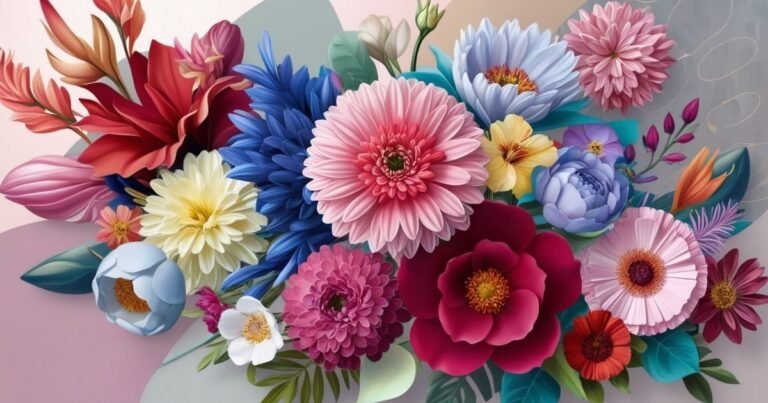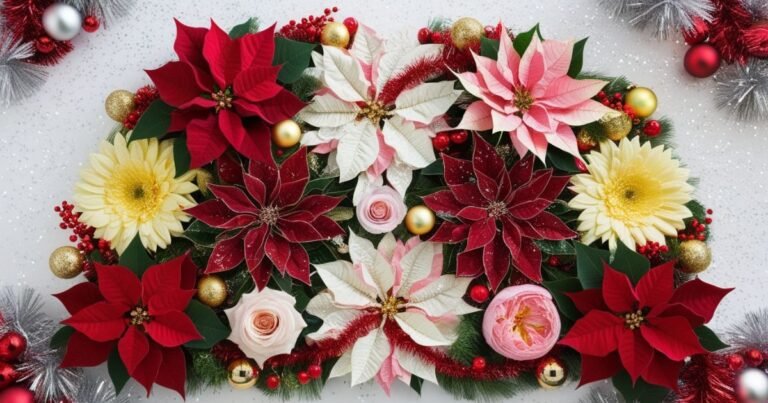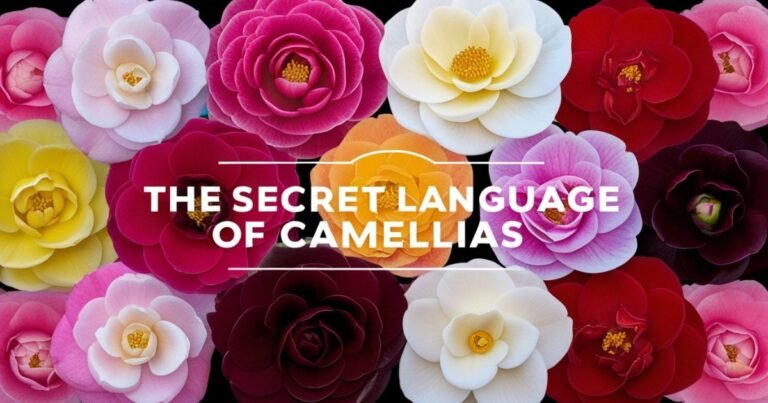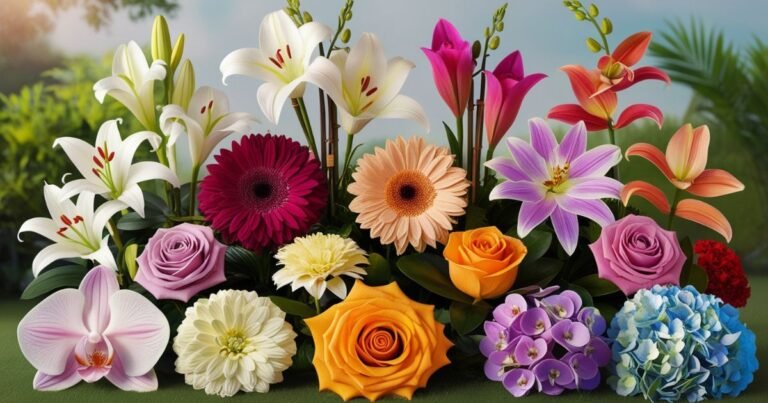The Flower of Life: It’s Meaning and Symbolism
In a world where symbols weave the fabric of our understanding, few resonate as profoundly as the Flower of Life. This intricate geometric pattern, composed of overlapping circles that create a mesmerizing floral design, has transcended cultures and centuries, capturing the imagination of artists, philosophers, and spiritual seekers alike.
But what lies beneath its stunning aesthetics? These flowers are not merely a decorative motif; it is a sacred emblem steeped in rich meaning and symbolism that speaks to the interconnectedness of all life.
The origins and interpretations of this ancient symbol, we uncover layers of significance that touch on everything from creation mythology to modern spiritual practices. Some see it as a blueprint for the universe, while others regard it as a path to enlightenment and self-discovery.
This journey through time and thought as we explore how the Flower of Life connects us to nature’s rhythms and invites us to ponder our place within the grand tapestry of existence.
Flower of Life Ancient Symbol History
The Flower of Life, a geometric pattern composed of multiple evenly-spaced, overlapping circles, is steeped in history and spirituality. Its origins trace back to the Temple of Osiris in Egypt, where it graced the sacred walls at least 6,000 years before Christ.
This intricate design represents the fundamental forms of space and time, embodying the interconnectedness of life itself. As we delve into its ancient inscriptions across various cultures from Mesopotamian relics to synagogues the symbol emerges as a universal emblem for creation and harmony.
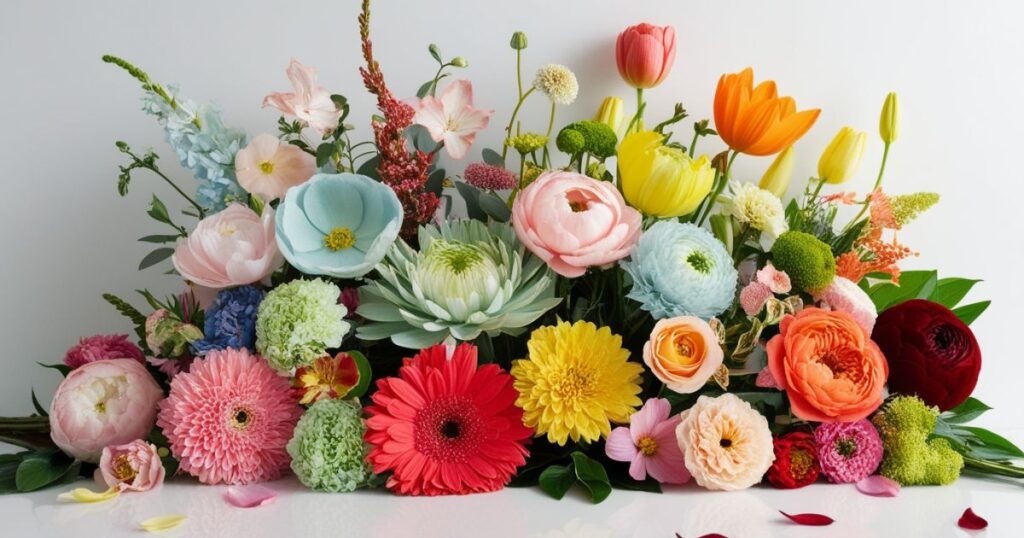
In recent decades, particularly during the 1990s when its name reemerged in popular culture as the Flower of Life, this symbol has captivated spiritual seekers and artists alike. It serves not only as a decorative motif but also as a representation of sacred geometry that resonates with modern philosophies about consciousness and existence.
Much like Fibonacci’s sequence or golden ratio found throughout nature’s lattice work, flower of life ancient symbol encapsulates patterns that seem intrinsic to both our environment and our own beings.
Engaging with this ancient symbol offers profound insights into how civilizations across time have understood their connection to each other and ultimately to all living things in an infinite cosmos.
The Flower of Life Meaning Symbol
The Flower of Life Meaning is a geometric figure composed of multiple overlapping circles, creating a pattern that has fascinated humans for centuries.
Often found in ancient art and architecture, its intricate design carries profound symbolic significance, representing the interconnectedness of all living things.

This sacred geometry encapsulates the fundamental principles of creation and existence, inviting us to explore deeper spiritual and philosophical realms. Each circle within the pattern symbolizes unity and wholeness, resonating with concepts found across various cultures ranging from Eastern philosophies to Western mystical traditions.
Beyond its aesthetic appeal, the Flower of Life can be seen as an invitation to ponder our place in the universe. It challenges us to recognize patterns in nature and life itself like rhythms in music or cycles in seasons which remind us that everything is linked by common threads of energy.
Meditating Flower of life symbol can foster a sense of harmony within ourselves and with our surroundings, ultimately urging deeper introspection about how we contribute to life’s tapestry.
Whether you encounter it through art, wellness practices, or spiritual discussions, engaging with the Flower of Life invites curiosity about your own connection to the grand design surrounding us all.
Flower of Life symbolism
The Flower of Life serves as a profound symbol of creation and interconnectedness. Each petal represents the layers of existence, mirroring the delicate balance of life’s experiences.
When viewed through a spiritual lens, this design invites us to contemplate our role within the cosmos, suggesting that every being is part of a vast tapestry woven together by universal energy.
In modern interpretations, the Flower of Life resonates deeply with concepts like sacred geometry and holistic well-being.
It encourages a recognition that our thoughts and actions ripple outwards, influencing not only ourselves but also the collective consciousness around us.
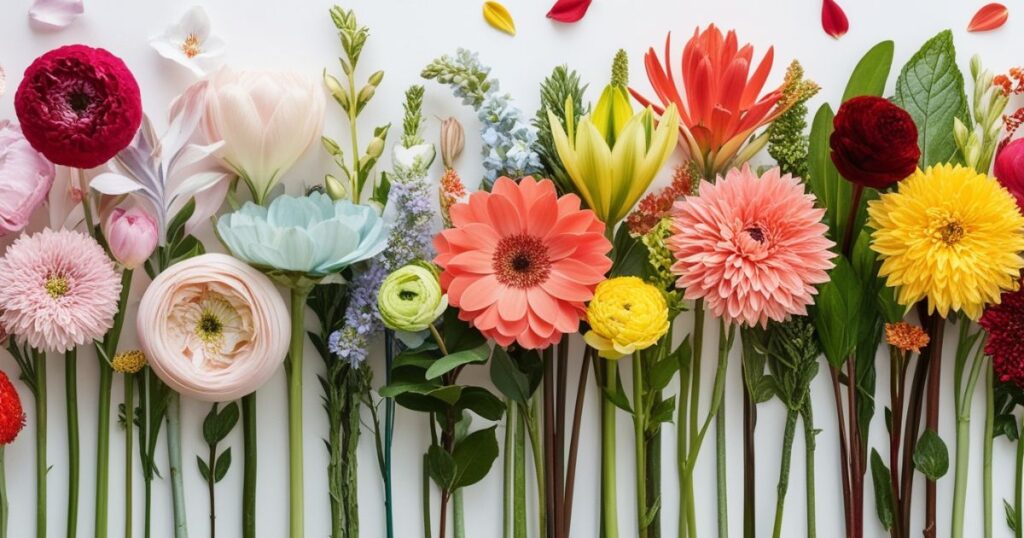
By meditating on its form, one can tap into a sense of unity with nature and humanity alike, reminding us that we are all branches from the same tree of life. Engaging with this symbolism can inspire personal transformations as individuals seek harmony in their relationships with others and themselves.
The symbolism of the Flower of Life in Ancient Cultures
- Ancient Rome
- Asia
- Egypt
Flower of life Symbol in Ancient Rome
The Flower of Life has transcended time and culture, finding its way into the intricate mosaics of Ancient Rome. In Pompeii, particularly, this emblematic design flourished in vibrant floor mosaics that not only adorned private homes but also public spaces.
The Romans perceived the Flower of Life as a representation of unity and harmony, symbolic traits that echoed their aspirations for societal cohesion within a rapidly expanding empire.
By embedding such motifs in their daily environments, they infused their surroundings with an aura of interconnectedness that aligned with their philosophical views on nature and existence.

The circular patterns encapsulated notions of cycles be they natural or spiritual and hinted at the Romans’ respect for life’s rhythms and seasons.
The arrangement resonated with their beliefs about regeneration; just as the circles intertwined and expanded outward, so too did life perpetuate itself through growth and continuity.

As visitors walk through contemporary depictions or reconstructions of Roman sites showcasing this iconic pattern, they are not merely witnessing artistic accomplishments but are also engaging with a profound dialogue about ancient perceptions regarding life’s eternal flow a message just as relevant today amid our own quest for significance in an interconnected world.
Flower of Life Symbol Asia
The Flower of Life has long been revered across various ancient cultures as a representation of creation and the interconnectedness of all living things.
In China, this symbolism takes on a profound dimension within the context of the Forbidden City in Beijing, where majestic lions, symbolic guardians of protection and strength stand sentinel over imperial treasures.

Each lion rests atop a sphere inscribed with the Flower of Life beneath its paws, an invitation for visitors to contemplate not only the harmony between spirituality and earthly power but also the cyclical nature of existence itself.
This connection serves to remind us that safeguarding cultural heritage involves more than mere physical protection; it entails nurturing underlying beliefs that bind us together as humanity.
In Buddhism, the lotus flower of life meaning embodies purity arising from muddy waters; its journey symbolizes spiritual enlightenment.
When interwoven with the concept of the Flower of Life, we see a vibrant tapestry revealing how beauty can emerge from seemingly chaotic beginnings; each petal represents flower of life stages on our individual paths toward awakening.
As both symbols echo themes like rebirth and unity amidst diversity, they challenge us to re-evaluate our understanding of existence not merely through a linear perspective but rather as an intricate web where each thread matters immensely to wholeness.
Thus, exploring their shared significance invites deeper introspection about our places within these grand patterns while nurturing collective wisdom through art and architecture across time and culture.
Flower of Life Symbol in Egypt
The Flower of Life held profound meaning in ancient Egyptian culture, particularly during the reign when monumental temples were constructed. These geometric motifs weren’t mere aesthetic choices; they embodied the very essence of creation and the universe’s interconnectedness.

Found prominently inscribed on temple pillars dating back to 1294-1279 BC, this symbol acted as a cosmic blueprint that represented life’s cycles, fertility, and regeneration, a reminder to both builders and worshippers of their place within a larger spiritual narrative.
The placement of the Flower of Life within such sacred spaces underscores its significance in architectural design. Temples were not just physical structures but gateways to other dimensions where divine energies could flow freely.

By incorporating this symbol into their columns and walls, architects effectively wove a tapestry of geometry and spirituality that invited contemplative reflection on existence itself.
This layering of visual art with metaphysical philosophy reveals how ancient Egyptians perceived their world as a complex weave, each circle connecting individuals not only to each other but also to the cosmos at large, fostering a sense of unity amid life’s myriad manifestations.
Seed of Life vs Flower of Life
The Seed of Life and the Flower of Life are both sacred geometric patterns that hold deep spiritual and symbolic significance in various cultures and traditions. While they are interconnected, they differ in complexity and meaning. Here’s a comparison:
Seed of Life
- Structure: Composed of seven overlapping circles arranged in a hexagonal pattern. The circles form a central flower-like shape.
- Symbolism:
- Represents creation, fertility, and the fundamental stages of existence.
- Associated with the “seven days of creation” in religious contexts.
- Considered a building block of more complex patterns like the Flower of Life.
- Meaning: Often viewed as the seed from which all life and creation grow, symbolizing the potential for new beginnings and the interconnectedness of all living things.
Flower of Life
- Structure: An extended version of the Seed of Life, consisting of multiple overlapping circles arranged symmetrically, creating a more intricate floral pattern.
- Symbolism:
- Represents the unity of all life, cosmic harmony, and the interconnectedness of the universe.
- Found in many ancient cultures and sacred sites around the world.
- Often linked to spiritual enlightenment, the blueprint of creation, and the underlying patterns of reality.
- Meaning: It expands upon the Seed of Life, encompassing a broader, more universal perspective. It’s seen as a symbol of perfection and divine order.
Key Differences
| Feature | Seed of Life | Flower of Life |
|---|---|---|
| Complexity | Simpler, 7 circles | More intricate, multiple circles |
| Focus | Beginning, creation | Wholeness, unity, and cosmos |
| Symbolic Scope | Individual growth and potential | Universal connection |
Interconnection
- The Seed of Life is a foundational element of the Flower of Life. Without the Seed of Life, the Flower of Life would not exist.
- Both patterns are used in meditative and spiritual practices to explore themes of creation, balance, and universal truths.
Which one resonates with you more might depend on whether you’re focusing on personal beginnings or broader, universal connections.
The Sphere of Influence the Flower of Life
The sphere of influence of the Flower of Life extends across spirituality, science, and culture as a symbol of universal harmony and interconnectedness. Rooted in sacred geometry, it represents the blueprint of creation, reflecting natural patterns, mathematical precision, and the cycles of life.
Found in ancient civilizations and modern practices, it inspires meditation, energy healing, and philosophical exploration. Its influence bridges the spiritual and scientific, shaping art, design, and personal growth while offering timeless insights into the unity and balance of the cosmos.
The Flower of Life in Modern Times
In modern times, the Flower of Life transcends its ancient origins to manifest as a symbol of connection and harmony in contemporary culture.
Found in jewelry, tattoos, and home ornaments, it resonates with individuals seeking both aesthetic beauty and deeper meaning. Jewelry designers have embraced this sacred geometry, infusing pieces with intricate patterns that evoke unity and balance.

Wearing such pieces becomes a personal declaration, an expression of one’s belief in interconnectedness on both a spiritual and physical level.
Tattoos featuring the Flower of Life are becoming increasingly popular among those who wish to carry a visual reminder of their journey towards self-discovery and enlightenment.
These inked designs often serve as portals for introspection or discussions about life’s mysteries, encouraging connections among wearers who share similar philosophies.

Incorporating the Flower of Life into home decor has transformed living spaces into sanctuaries that foster mindfulness; these motifs invite calmness while subtly reminding us to appreciate the intricacies woven within our lives.
This age-old emblem continues to thrive in modern society, bridging past wisdom with present aspirations through its timeless allure.
Flower of Life Chakra Meaning
The Flower of Life and its connection to the chakras symbolize the harmony and interconnectedness of energy systems within the body and the universe.
Here’s the chakra-related meaning:
- Representation of Energy Flow: The Flower of Life’s overlapping circles mirror the flow of energy in the chakras, emphasizing balance and unity between the physical, emotional, and spiritual planes.
- Activation of Chakras: The pattern is believed to align and energize the chakras, promoting healing, spiritual growth, and a connection to universal energy.
- Chakra Symbolism in Geometry: Each circle in the Flower of Life can represent an individual chakra, with their interconnectedness signifying how these energy centers work together to maintain holistic well-being.
- Meditative Use: Visualizing or meditating on the Flower of Life is thought to clear blockages in the chakras, allowing for a free flow of life force energy.
In essence, the Flower of Life symbolizes the balance, flow, and unity of the chakra system, linking personal energy to the greater cosmic order.
Conclusion
The Flower of Life stands as a powerful symbol rich in meaning and history, embodying concepts of unity, creation, and the interconnectedness of all living things. Its intricate geometric design resonates across cultures and time periods, reflecting both spiritual beliefs and scientific principles.
As we delve into its significance, we uncover a deeper understanding of our place in the universe and the relationships that bind us together. Embracing the Flower of Life can inspire personal growth, mindfulness, and a sense of harmony within ourselves and with others.
So why not explore this ancient symbol further and allow its wisdom to enrich your own journey?
FAQs
What is the Flower of Life?
The Flower of Life is a geometric figure composed of multiple evenly-spaced, overlapping circles arranged in a flower-like pattern. This design is often seen as a symbol of sacred geometry, representing the interconnectedness of all life and the universe.


